Located in southern Europe, Greece forms an irregular-shaped peninsula in the Mediterranean with two additional large peninsulas projecting from it: the Chalcidice and the Peloponnese. The Greek islands are generally subdivided into two groups, according to location: the Ionian islands (including Corfu, Cephalonia, and Leucas) west of the mainland and the Aegean islands (including Euboea, Samos, Chios, Lesbos, and Crete) to the east and south. North-central Greece, Epirus, and western Macedonia are all mountainous. The main chain of the Pindus Mountains extends from northwest Greece to the Peloponnese. Mount Olympus, rising to 9,570 ft (2,909 m), is the highest point in the country.
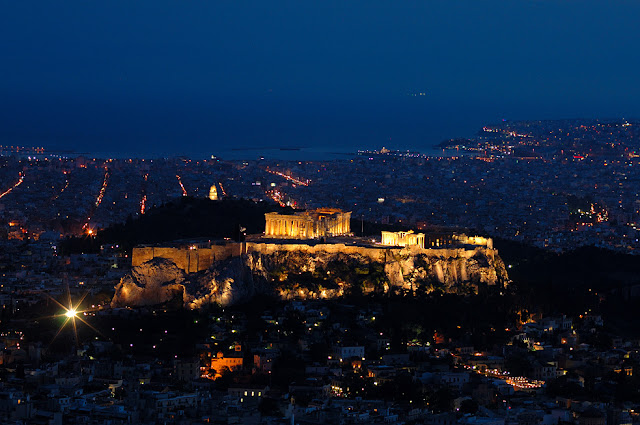 |
Athens at Night |
 |
Church in Siana Village-Rhodes
Indo-European peoples, including the Mycenaeans, began entering Greece about 2000 B.C. and set up sophisticated civilizations. About 1200 B.C. , the Dorians, another Indo-European people, invaded Greece, and a dark age followed, known mostly through the Homeric epics. At the end of this time, classical Greece began to emerge (c. 750 B.C. ) as a loose composite of city-states with a heavy involvement in maritime trade and a devotion to art, literature, politics, and philosophy. Greece reached the peak of its glory in the 5th century B.C. , but the Peloponnesian War (431–404 B.C. ) weakened the nation, and it was conquered by Philip II and his son Alexander the Great of Macedonia, who considered themselves Greek. By the middle of the 2nd century B.C. , Greece had declined to the status of a Roman province. It remained within the eastern Roman Empire until Constantinople fell to the Crusaders in 1204. In 1453, the Turks took Constantinople and by 1460, Greece was a province in the Ottoman Empire. The Greek war of independence began in 1821, and by 1827 Greece won independence with sovereignty guaranteed by Britain, France, and Russia. |
 |
| Kokkarisamos |
 |
| Lindos by night - Rhodes |
 |
Rhodes
The protecting powers chose Prince Otto of Bavaria as the first king of modern Greece in 1832 to reign over an area only slightly larger than the Peloponnese peninsula. Chiefly under the next king, George I, chosen by the protecting powers in 1863, Greece acquired much of its present territory. During his 57-year reign, a period in which he encouraged parliamentary democracy, Thessaly, Epirus, Macedonia, Crete, and most of the Aegean islands were added from the disintegrating Turkish empire. Unfavorable economic conditions forced about one-sixth of the entire Greek population to emigrate (mostly to the U.S.) in the late 19th and early 20th centuries. An unsuccessful war against Turkey after World War I brought down the monarchy, which was replaced by a republic in 1923
|
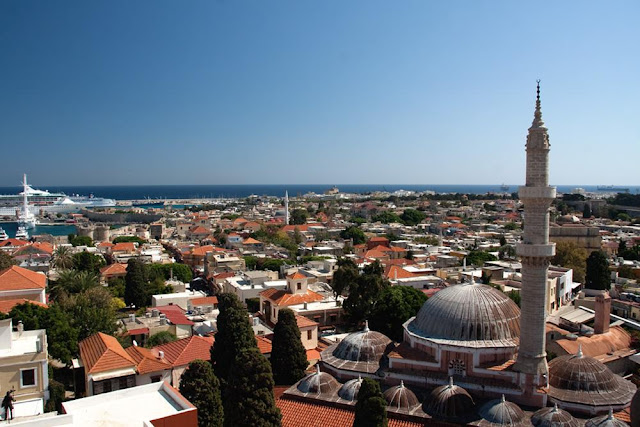 |
Rhodes city
Area: 131,990 sq km
Population: 10.94 million (2001 census estimate), 11.24 million (2008 estimate)
Capital City: Athens (population approximately 3.7 million)
People: 98% Greek with Muslim minority comprising Turkic people, Pomaks and Muslim Roma. NB: The Greek government states there are no other ethnic minorities in Greece.
Languages: Greek 99% (official)
Religions: Greek Orthodox 98%, Muslim 1.3%, other 0.7%
Currency: euro (EUR) |
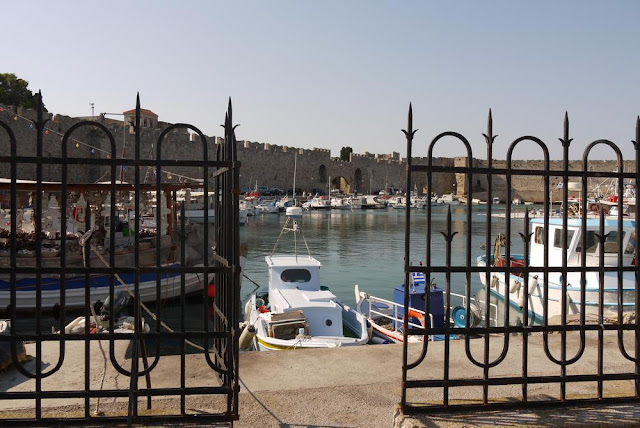 |
| Rhodes Harbour |
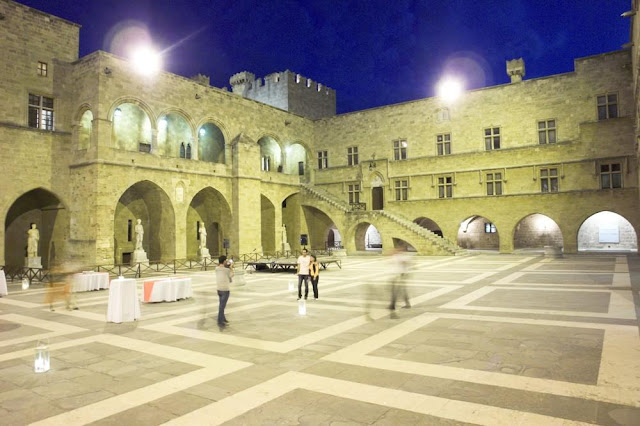 |
| Rhodes Palace |
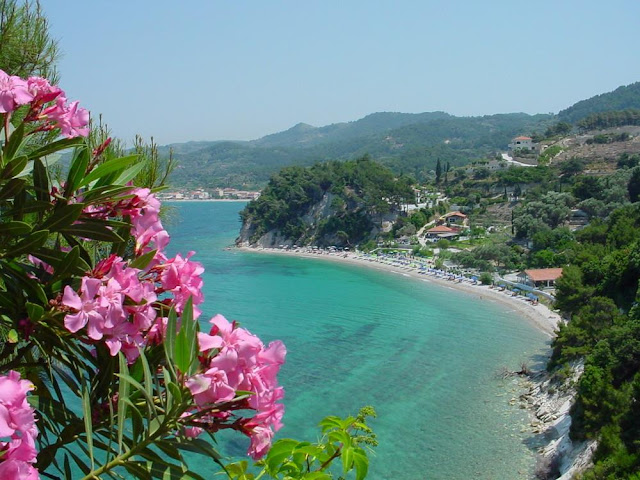 |
| Samos |
 |
| Samos 2 |
 |
| Samos 4 |
 |
| Samos 5 |
 |
| Samos 6 |
 |
| Suleiman mosque - Rhodes |
 |
| Piraeus |
 |
| Piraeus harbour |
 |
| Piraeus_Mikrolimano |
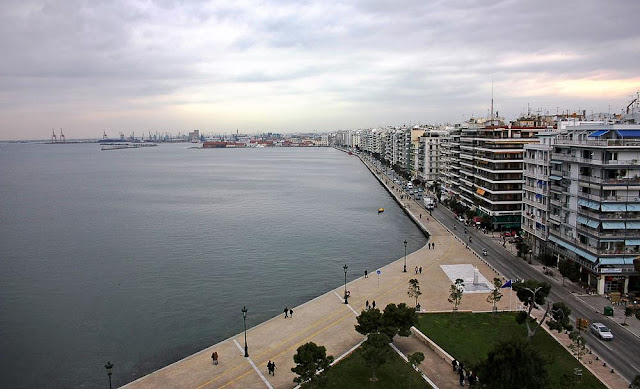 |
| Thessaloniki-Greece |
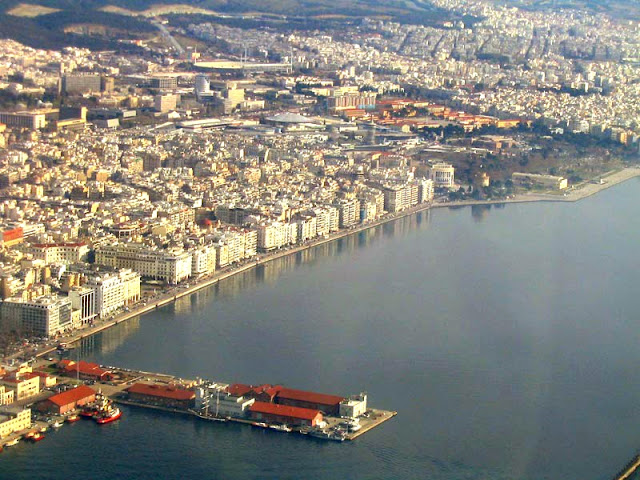 |
| Salonica-2nd largest city |
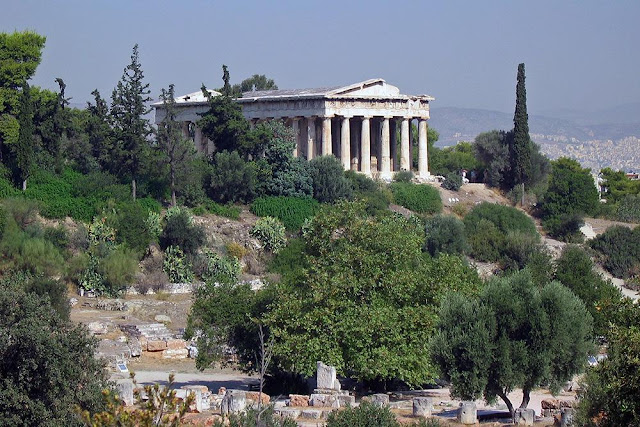 |
| Ancient Agora |
 |
| Patras Bridge |
 |
| Patras Bridge 2 |
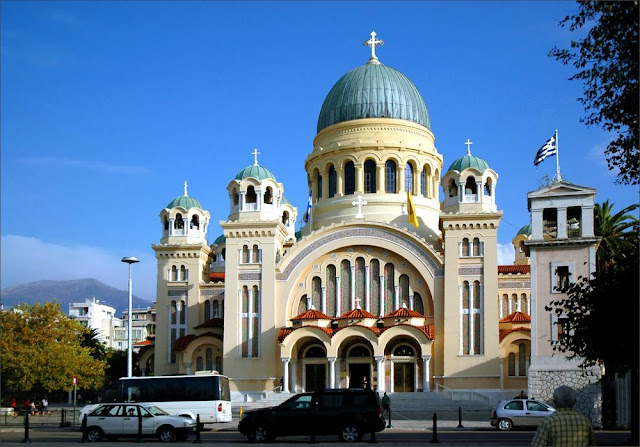 |
| Cathedral of Cathedral of St. Andrew-Patras |
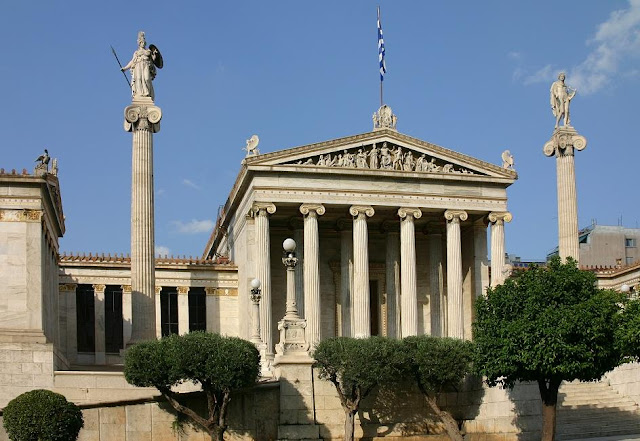 |
| Academy |
 |
| Acropolis-parthenon temple |
 |
| Amphitheatre_in_Epidavros |
 |
| Ancient theatre in Athens |
 |
| Elias_Beach_on_Mykonos |
 |
| Brainsik-Ermoupoli |
 |
| Evzones |
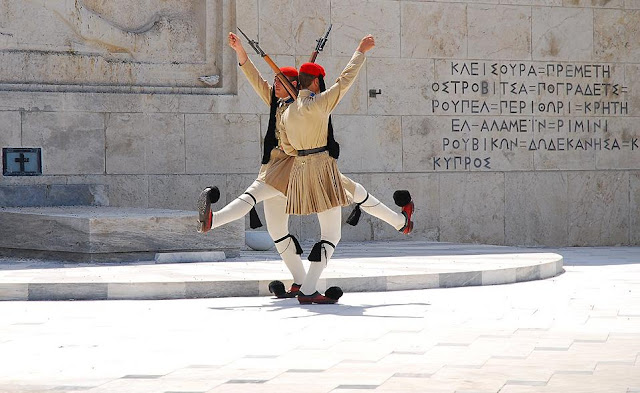 |
| Evzones 2 |
 |
| Changing of the guards Evzones in front of the Tomb of The Unknown Soldier |
 |
| Parliament |
 |
| Zappion |
 |
| Adana kebab on pide |
 |
| Souvlaki-plate |
 |
| The Erectheum |
 |
| The National Library |
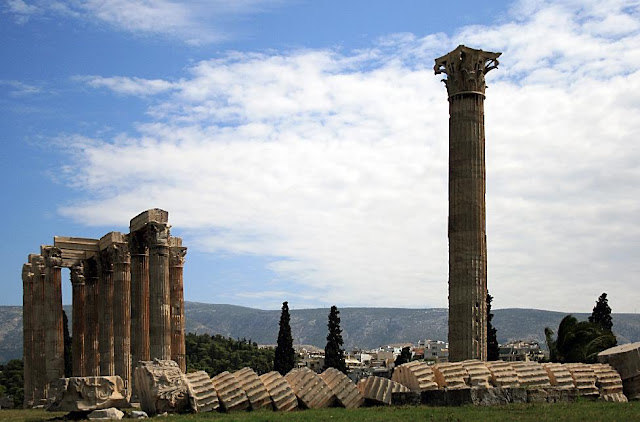 |
| The Temple of Olympian Zeus |








































